We live in a world blessed with sights that are beautiful beyond words. Every human being dreams of and possesses a desire to visit those places in their lifetime. Living in modern cities with high-rise buildings, we tend to miss out on what mother-nature has to offer and some of the man-made structures par excellence.
Look at these places and you will see beauty that fills the eye and warms the heart. It is not only inappropriate to just pick a few places from the huge expanse of the world but also humanly impossible.
They say that ‘beauty lies in the eyes of the beholder,’ and there are perhaps other places that have touched your heart. For this reason, we do not claim that these places we are bringing to you are the best, but they are certainly among the most beautiful places of the world.
1、美国 大峡谷
The Grand Canyon, United States
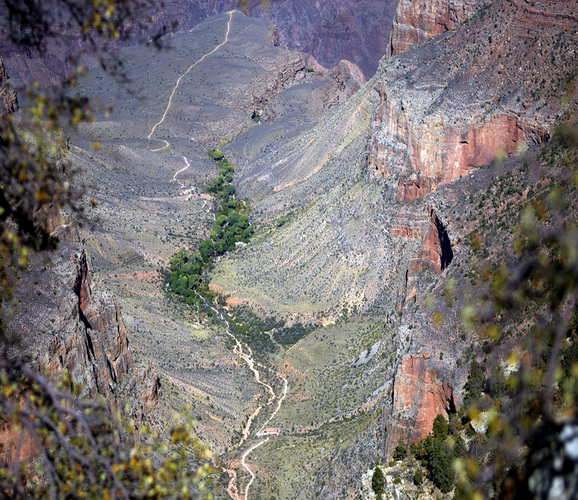
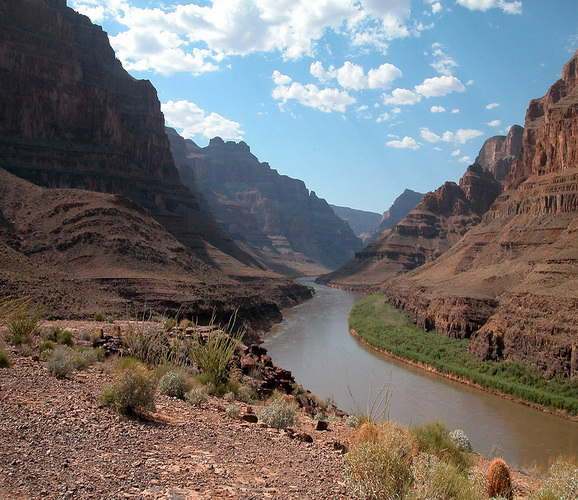
A steep gorge by the Colorado River, Arizona in United States, this has the most enjoyable scenery. It is 277 miles in length, 4 to 18 miles in width and about a mile in depth. Scientists are of the opinion that the canyon has been created by the Colorado River over a six million year period.
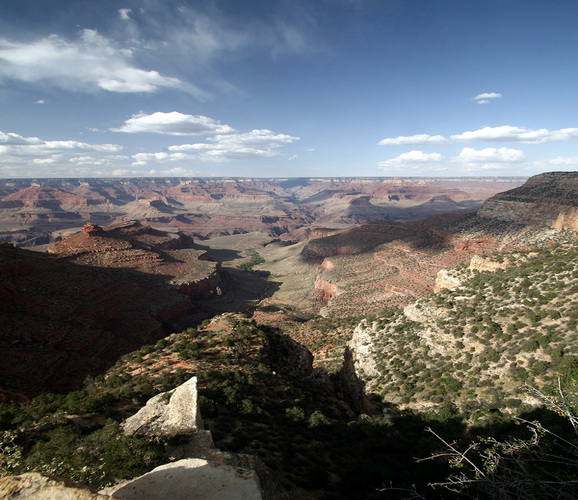

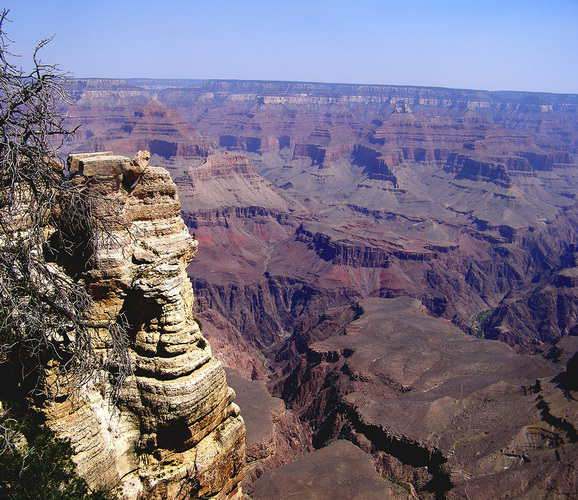
Native Americans built settlements in the caves within the canyon before the emigration of Europeans. It was also considered to be a site of pilgrimage by the Pueblo people. The first recorded visit to the Grand Canyon by the Europeans was in 1869. Although, it is not the deepest canyon in the world, it is known for its extremely huge size and beautifully intricate landscape. The Grand Canyon National Park is said to be one of the first National Parks in the United States and attracts more than five million visitors a year. Weather conditions in the Grand Canyon vary a great deal between seasons as well as elevation. While winter snow is experienced by the higher elevated forested rims, the inner gorge has a desert temperature because of the low elevation.
2、澳大利亚 大堡礁
The Great Barrier Reef, Australia
One of the natural wonders of the world, the Great Barrier Reef off the east coast of Australia is the world’s largest coral reef. It has the distinction of being placed in the World Heritage as well as the National Heritage lists.



With more than 600 islands and coral cays, the reef covers more than 300,000 sq. km. Corals make up the several reefs and cays and are responsible for a huge variety of sea life in the reef; including green turtles, several varieties of whales and dolphins, dugong, about 4000 types of mollusk, 1500 different species of fish as well as a beautiful colored bird life with 200 species. The Great Reef Marine Park is a huge tourist attraction with more than a couple of million tourists visiting the area each year. Sporting includes activities such as reef sailing, scuba diving and snorkeling amongst several others.
3、南非 开普敦
Cape Town, South Africa
Aptly called “heaven on earth,” this beautiful town at the tip of the African continent, with small roads surrounded by huge mountains, makes a person feel small; showing how marvelous and dominating nature can actually be.



The Cape Dutch style buildings depict the architectural heritage of the place. Beauty abounds in the black clouds that seem to pay homage to Table Mountain at all times. Cape Point, Signal Hill, Chapman’s Peak Drive, Victoria & Alfred Waterfront, Robben Island, Rhodes Memorial and the beaches are some of the famous tourist attractions. Located on the shore of Table Bay, Cape Town is famous for its natural floral kingdom as well as its harbor. This town is one of the most popular tourist attractions of South Africa, with its wine tasting day trips, whale watching and dolphin watching.
4、印度 泰姬陵
Taj Mahal, India
The Taj Mahal in India is one of the wonders of the world and is one of the most beautiful mausoleums constructed by the Mughal emperor Shah Jahan in memory of his favorite queen, Mumtaz Mahal. Located in Agra, white marble is used in the creation of this symbol of love and is considered to be the pinnacle of the famous Mughal architecture.
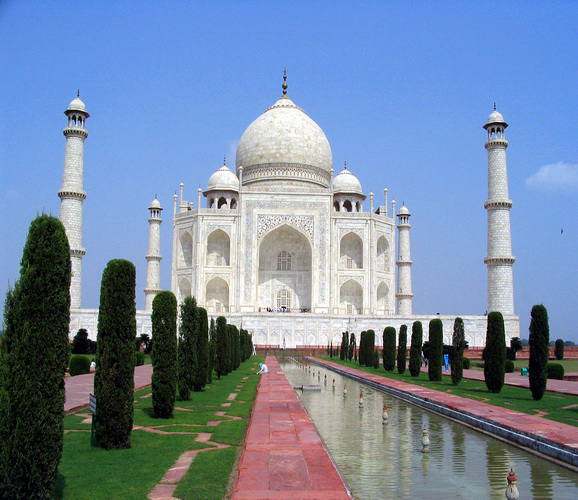

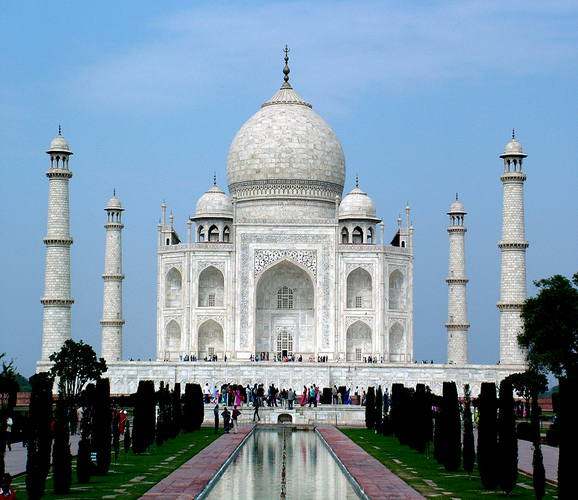
Story goes that the emperor was grief stricken when he lost his beloved third wife, Mumtaz Mahal. It took several thousands of craftsmen, artisans and about twenty years to construct it. The masons, stonecutters, carvers, inlayers, calligraphers, painters and others were brought from the entire empire as well as from Iran and Central Asia. Semi-precious stones were used for inlay ornamentation. It later became the mausoleum of Shah Jahan too. This is a huge tourist attraction with one to two million tourists visiting it every year.
5、加拿大 落基山脉
Canadian Rockies, Canada
The majestic Canadian Rockies are the Canadian segment of the North American Rocky mountains. They are a visitor’s wonderland and the playground for western Canada. They are older than the American
original link:
<a href='http://Apiaceae.github.io/blog/2009/04/08/%E5%8D%81%E4%B8%AA%E8%A2%AB%E8%AA%89%E4%B8%BA%E4%B8%96%E7%95%8C%E6%9C%80%E7%BE%8E%E7%9A%84%E5%9C%B0%E6%96%B9/'>http://Apiaceae.github.io/blog/2009/04/08/%E5%8D%81%E4%B8%AA%E8%A2%AB%E8%AA%89%E4%B8%BA%E4%B8%96%E7%95%8C%E6%9C%80%E7%BE%8E%E7%9A%84%E5%9C%B0%E6%96%B9/</a><br/>
written by <a href='http://Apiaceae.github.io'>Hooker</a>
posted at <a href='http://Apiaceae.github.io'>http://Apiaceae.github.io</a>
</p>


 Information about organisms is often
Information about organisms is often 



